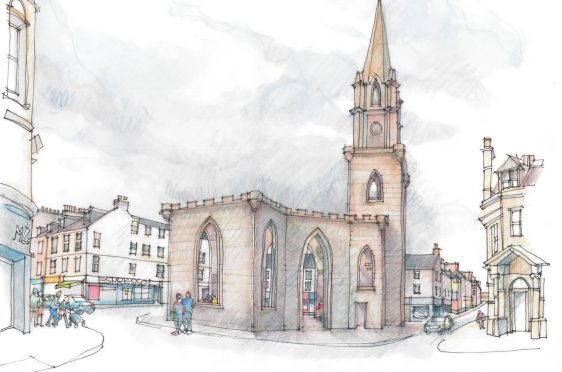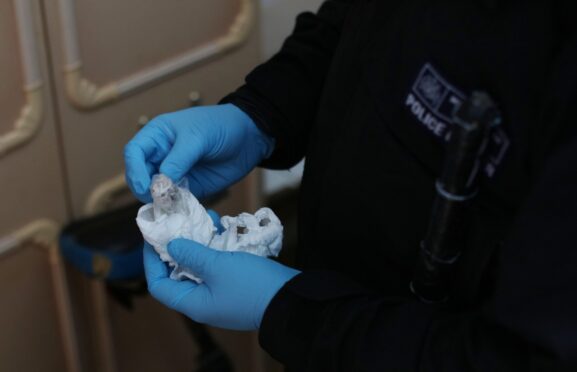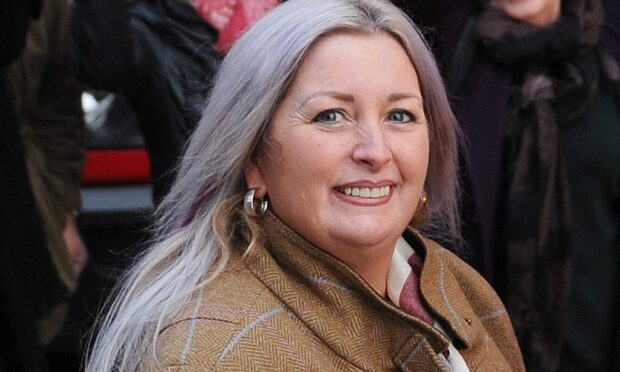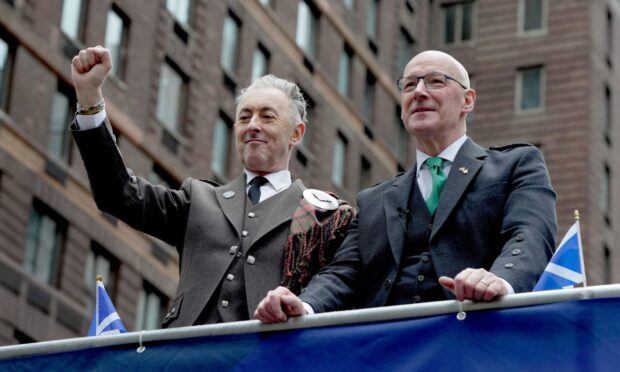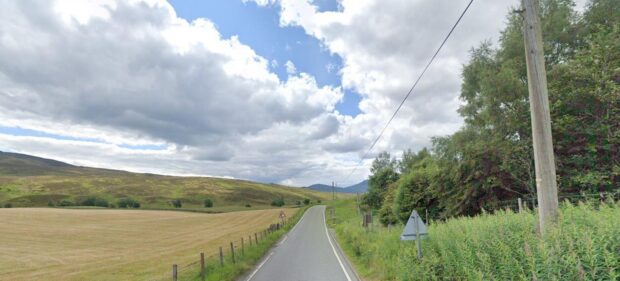Internal work to clean out a dilapidated former Perth church that has seen nearly 50 tonnes of pigeon mess removed and a cull of the birds is nearer completion.
Perth and Kinross Council took over the running of St Paul’s Church in February and want to create a £2 million outdoor space at the site, which has lain empty since it closed its doors in 1986.
Work has been progressing since March when fresh scaffolding was put up around the B-listed building. The local authority had to employ a contractor to carry out a cull of nesting pigeons and also remove asbestos, strip lagging material from heating pipes and remove loose slates, masonry, vegetation and other debris.
This work has allowed the council to arrange further assessments, surveys and repair work on the dilapidated building.
The plan to create an outdoor hub will see the church spire being kept along with the shell of the building.
A council spokesperson said the internal clear-out was near completion with between 40 and 50 tonnes of pigeon waste removed along with dead birds and nesting material. And she also confirmed that a firm of architects have been appointed to undertake design work for the outdoor hub proposal.
“‘The initial make-safe and internal cleaning works at the site are almost complete with an estimated completion date of early November,” she said.
“Currently, the timber pews are being unfixed and removed. This will allow further survey work to progress and in particular a survey of the timber ground floor and sub-floor.”
She continued: “A firm of local architects have been appointed to undertake design work and application for listed building consent for the next phase of work. The council is also currently finalising the appointment of a works contractor for the next phase.
“These appointments will allow the next stage to progress to programme.”
It is understood there are around 35 timber pews on the ground floor of the former church, with another 40 in the gallery.
A programme of works to secure and clear the building of guano (pigeon mess) was carried out in 2007 but no further maintenance followed.
